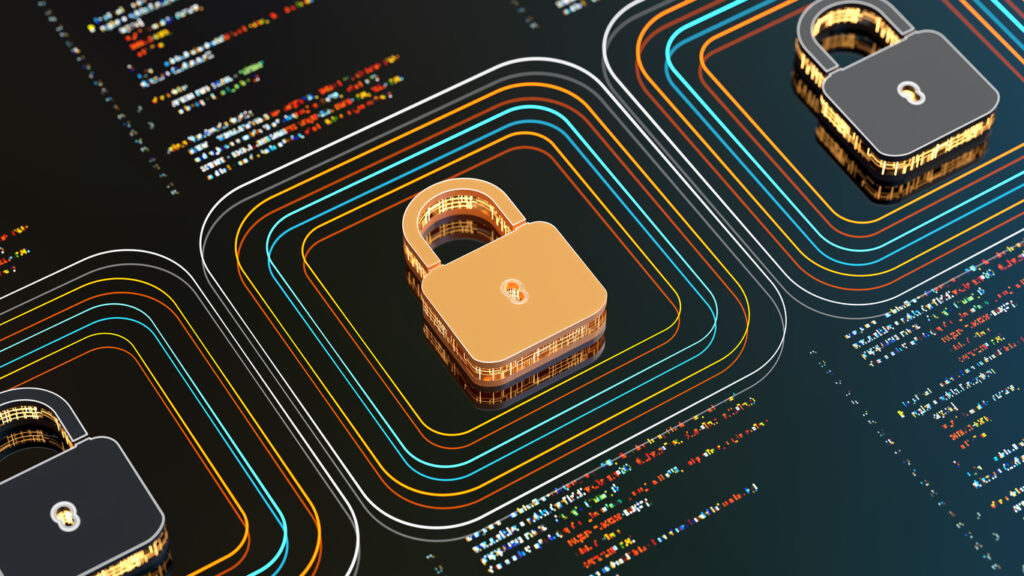Educational institutions rely on cloud-based apps and Internet-connected devices every day, yet poor bandwidth and dropped video calls can quickly disrupt classroom activities. A software-defined wide area network (SD-WAN) for education can deliver high-performance bandwidth, a better user experience, and reduced troubleshooting time for teachers, as well as reduced downtime for students. IT teams also have greater control and visibility, while students get the speedier, more dependable access they need.
Fixing network reliability across school campuses
Schools often struggle with dropped wi-fi, slow cloud apps, and outdated routers that disrupt classroom activities. SD-WAN solutions enhance end-to-end network performance by reducing latency, enabling failover, maintaining stable connections, and replacing costly MPLS lines with flexible broadband options. IT teams can optimize bandwidth and keep classrooms connected during high-demand periods, such as remote learning and testing.
Scalability is built in. By using a software-defined WAN overlay, schools can easily expand their networks, strengthen cybersecurity with Secure Access Service Edge (SASE) features like VPN and firewall controls, and cut back on manual troubleshooting. Districts are improving reliability and reducing network complexity through Tufin’s integration with Cisco Meraki. The benefits of SD-WAN for K-12 districts show how these upgrades lead to better classroom experiences.
Fixing cloud slowdowns during class
It only takes a slow-loading app to throw off a class. Teachers run into frozen video calls, lagging files, and stalled quizzes when cloud apps become unresponsive. SD-WAN solutions address these issues by prioritizing bandwidth and improving application performance for critical SaaS tools, such as Google Docs and Microsoft 365, ensuring that lessons don’t get derailed when the network is congested.
Many older networks cause delays by sending traffic through a central data center. Next-generation SD-WAN eliminates those delays by enabling real-time routing straight to cloud apps, which reduces latency and avoids classroom disruptions. You can see how a strong network anchors schools to cloud storage solutions.
With Tufin Orchestration Suite, IT teams can manage multiple security policies in one place, saving time on troubleshooting and making cloud environments more reliable.
Schools also avoid cybersecurity risks without hindering learning. With Cisco Meraki firewall best practices and network assurance, IT teams can block unsafe traffic and protect cloud apps without interrupting lessons.
Simplifying security and compliance for educational IT teams
School IT teams have to support student devices, classroom technology, and frequent network security updates while also defending against cyberattacks, all without disrupting lessons. Privacy regulations are growing, and cloud applications are multiplying. It’s no surprise that IT leaders can feel stretched thin. SD-WAN solutions can help by converging firewalls, VPNs, and network infrastructure management with intelligent routing that reduces troubleshooting time and keeps students connected.
With SASE functionality, security policies remain consistent across classrooms with no added latency to Wi-Fi or applications. Using Tufin Orchestration Suite, IT teams can also remediate routing issues, and change security configurations without risking lessons being interrupted.
As more schools move to cloud environments (and even multicloud environments), security must keep pace. Maximize your Tufin investment with Prisma Access, and challenges and solutions when implementing Zero Trust give IT teams practical ways to meet privacy requirements without adding more work.
With SD-WAN and SASE, schools reduce network downtime, secure student data, and provide classrooms with faster and more reliable access to digital learning applications.
Why SD-WAN solves education network challenges
Schools can deliver better digital learning experiences when IT teams aren’t bogged down with troubleshooting. SD-WAN technology can help schools address slow apps, secure student data, and centrally manage cloud access, network management, and on-premises devices, as well as IoT endpoints with less effort. With SASE, VPNs, and straightforward security policies, schools can reduce tech headaches, lower IT costs, and give students more reliable access to digital learning. Get a demo.
Frequently asked questions
What is SD-WAN for education, and why do schools use it?
SD-WAN for education enables schools to manage and monitor classroom connectivity more effectively. It keeps cloud apps such as Google Docs and online video lessons running smoothly, eases IT headaches during the school day, and makes it easier for staff to manage connectivity behind the scenes – for example, with Tufin’s integration with Cisco Meraki.
How does SD-WAN for education improve security in schools?
SD-WAN for education can help improve security in schools by making it easier to block threats and enforce firewall rules on every campus. It also allows IT teams to quickly resolve routing issues and keep student data safe without the need to constantly reconfigure settings.
Learn more about Cisco Meraki firewall best practices.
Can SD-WAN for education help schools plan for the future?
Yes, SD-WAN for education gives schools room to grow. It can help them support more devices and expand cloud access, while reducing IT overhead as classrooms rely on an increasing number of digital tools.
You can see how it helps schools scale securely in this article on network assurance.
Ready to Learn More
Get a Demo





